After a tense 10-day search, the forest department successfully captured an elusive tiger in Kerala’s Wayanad district. The tiger had been spreading fear in the local community by preying on domestic animals.
The Search Begins
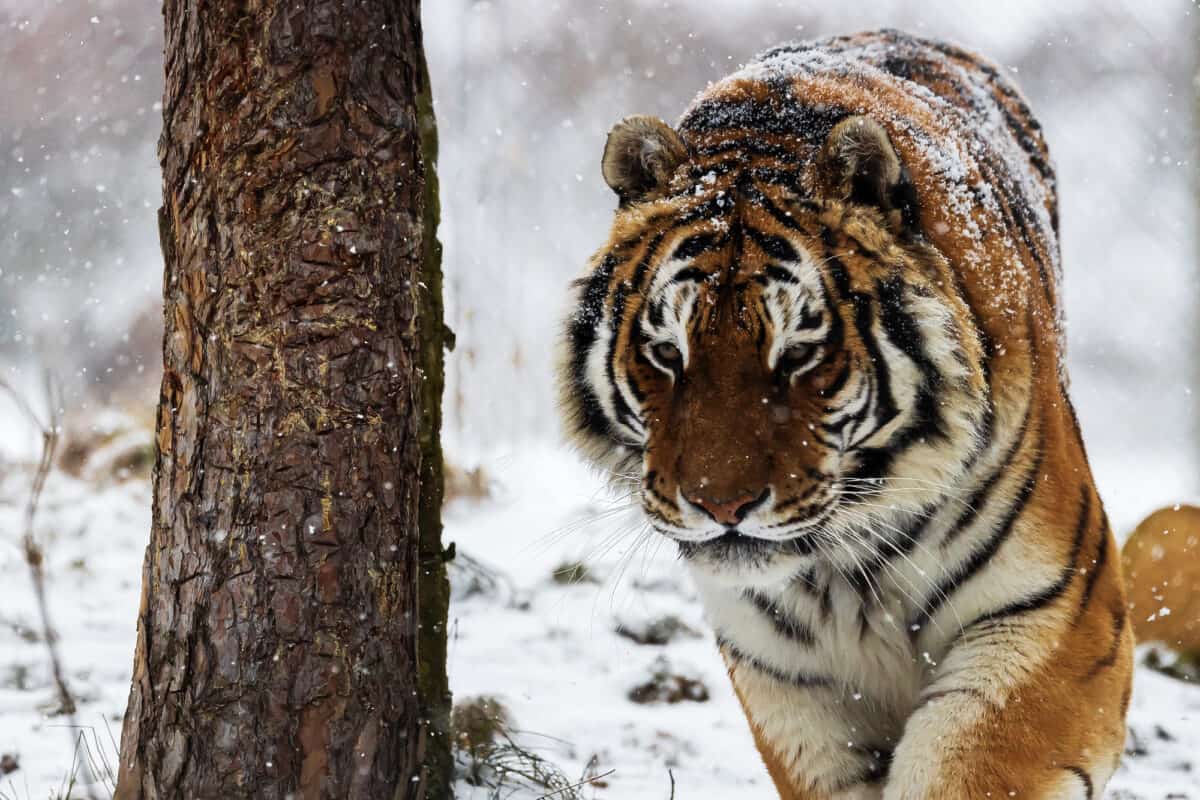
The hunt for the tiger began in early December after it killed a dairy farmer named Prajeesh in the Koodallur area. This tragic event prompted the forest department to launch an intensive search operation.
Setting Up Traps
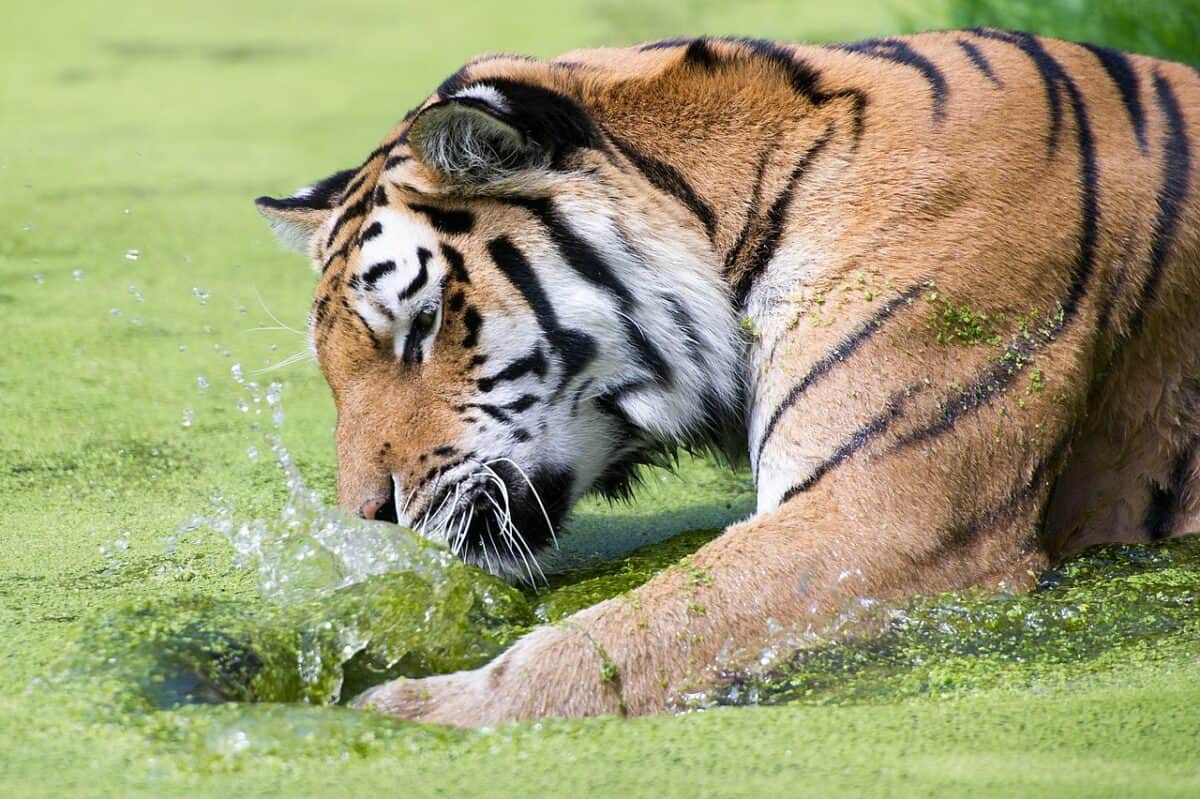
To catch the tiger, the forest department set up multiple cages and camera traps across the area. They hoped to monitor the tiger’s movements and safely capture it without further incidents.
A Week of Fear
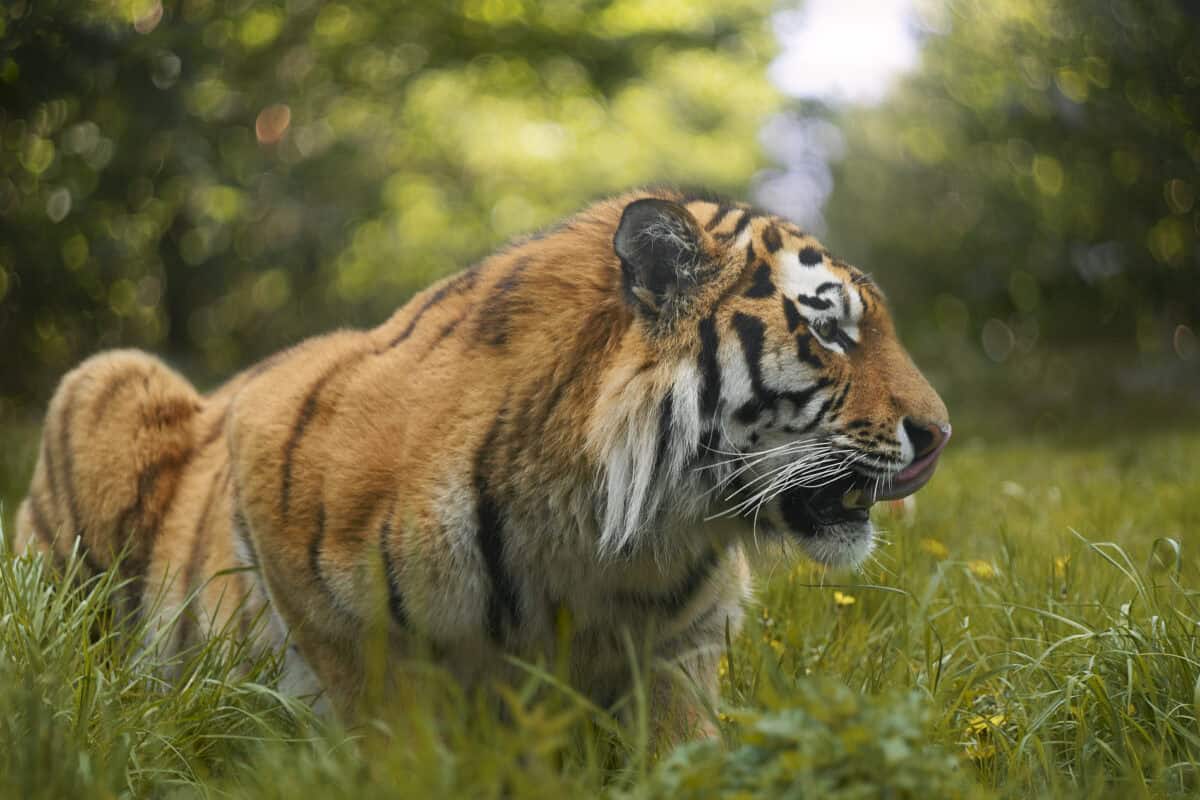
Residents of Koodallur and neighboring villages lived in fear during the search. The tiger not only killed the farmer but also attacked several domestic animals, including cows and poultry, heightening the community’s anxiety.
Capturing the Tiger
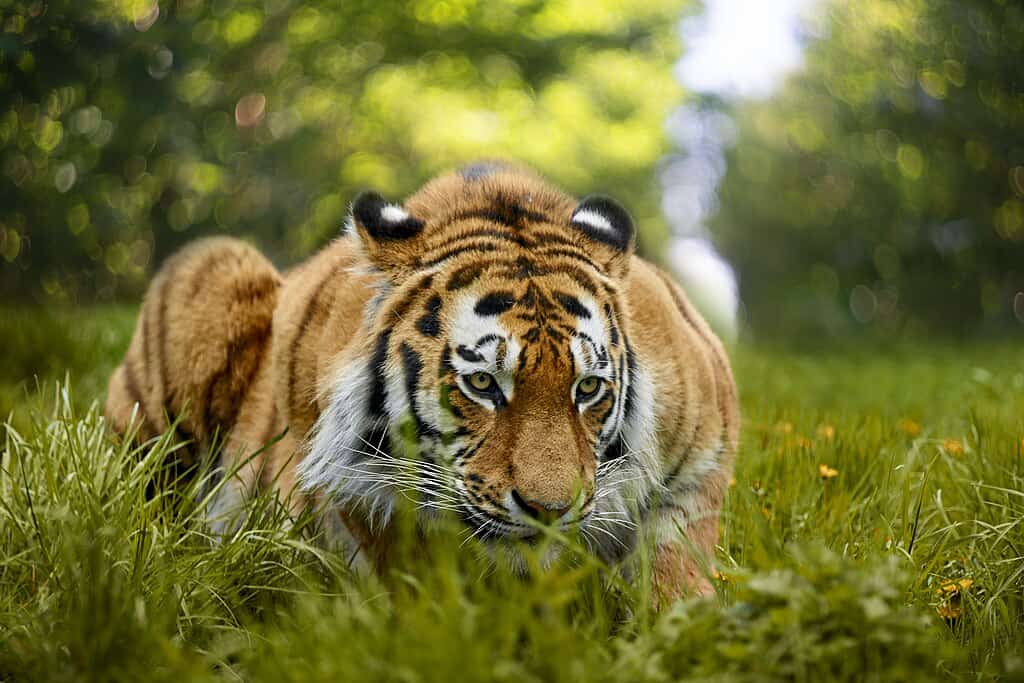
On December 18, the 13-year-old male tiger was finally trapped in a cage placed on a coffee plantation. The capture brought immense relief to the local residents who had been living in constant fear.
Community Reactions

The initial reaction from the community was mixed. While many were relieved, some residents demanded the tiger be killed, fearing it might return if released back into the wild. Protests erupted, blocking officials from moving the tiger from the capture site.
Official Response

Forest Minister A K Saseendran assured the public that the captured tiger would not be released back into the wild. The plan was to move the tiger to an animal hospice and then to a zoo once its health stabilized.
Medical Examination
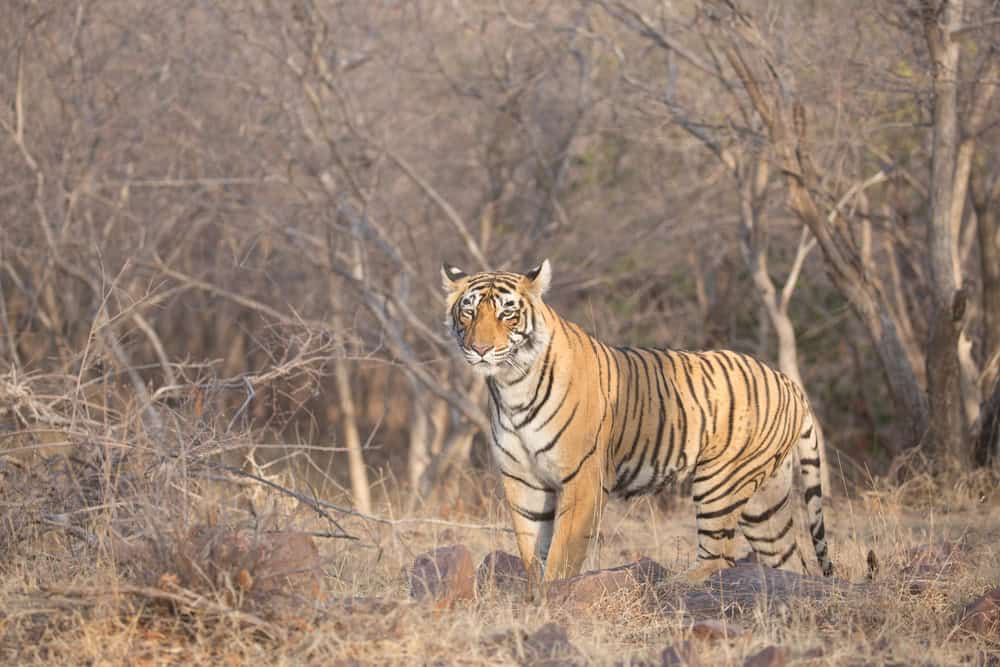
Following its capture, the tiger was examined by veterinary experts. It was found to have some wounds, likely sustained during its capture. The tiger was then transported to the animal hospice center in Sultan Bathery for further treatment.
Security Measures

To ensure the safety of both the tiger and the public, a large contingent of police and rapid response team members were deployed at the animal hospice center. This was to prevent any attempts by locals to harm the tiger.
Legal and Ethical Concerns

The guidelines of the National Tiger Conservation Authority (NTCA) influenced the decision to capture rather than kill the tiger. According to NTCA, tigers can only be killed if they are proven man-eaters and all other options have been exhausted.
Local Protests

Despite the successful capture, local protests continued, with residents demanding more action against wild animals in the area. The community expressed frustration over recurring human-wildlife conflicts.
The Role of Technology

Advanced technology played a crucial role in the capture. Surveillance cameras and the use of trained elephants helped track and eventually capture the elusive tiger.
Expert Opinions

Wildlife experts emphasized the need for better management of human-wildlife conflicts. They called for increased surveillance and specific strategies to prevent such incidents in the future.
Looking Ahead
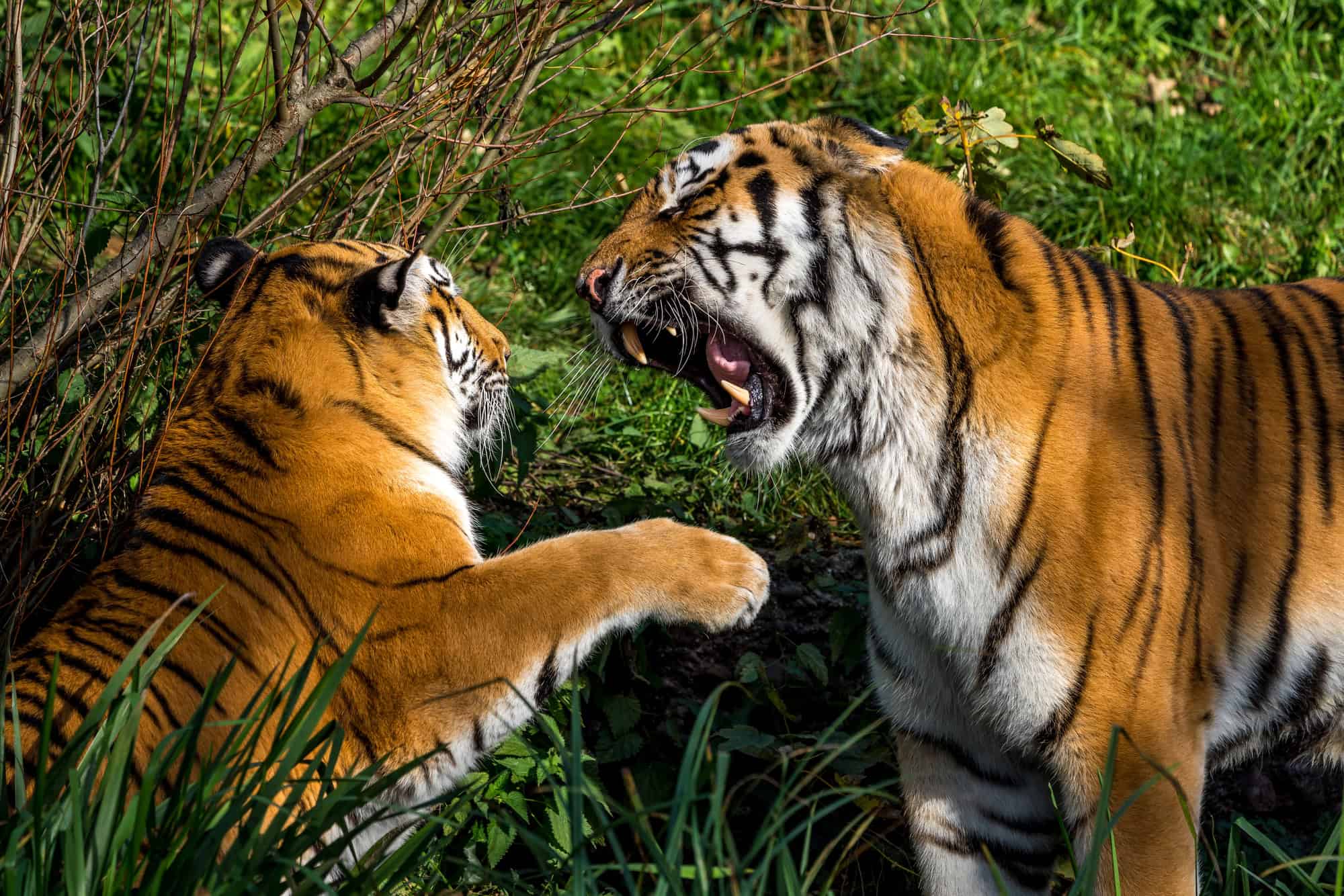
The forest department is now focused on preventing future incidents. They plan to enhance their monitoring systems and work closely with local communities to mitigate conflicts.
Conclusion
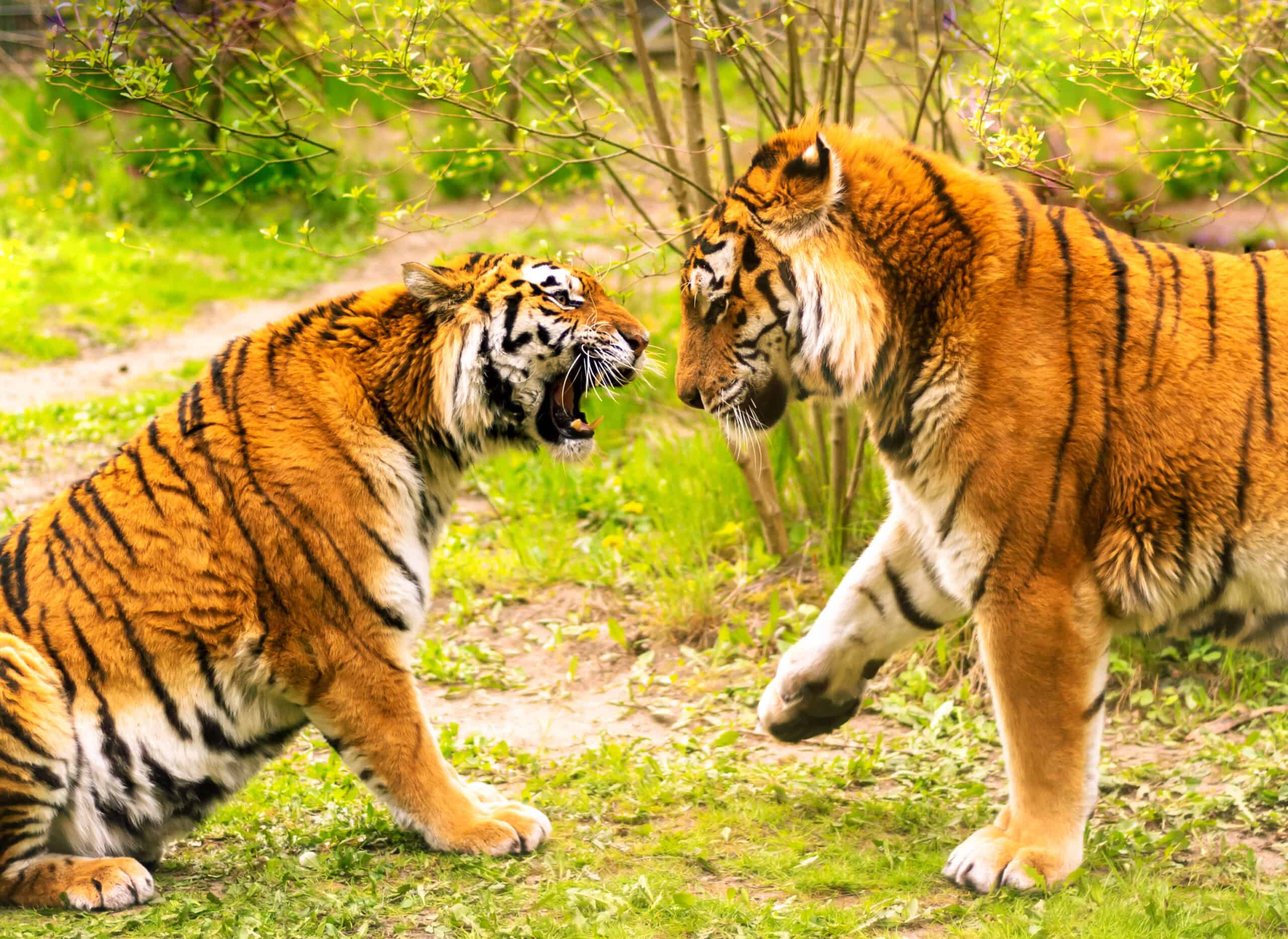
The capture of the elusive tiger in Wayanad marked the end of a tense period for the local community. The incident highlighted the ongoing challenges of human-wildlife coexistence and the need for effective management strategies to ensure safety for both people and animals. I hope you enjoyed reading about the elusive tiger. To read more stories like this check out the articles below:
- Incredible Encounter: Rare ‘Pale Tiger’ Spotted in the Wild
- Brave Dog Stops Fight Between Tiger and Lion
- Super Rare Black Tiger Caught On Camera
Join our Forum for free today!


